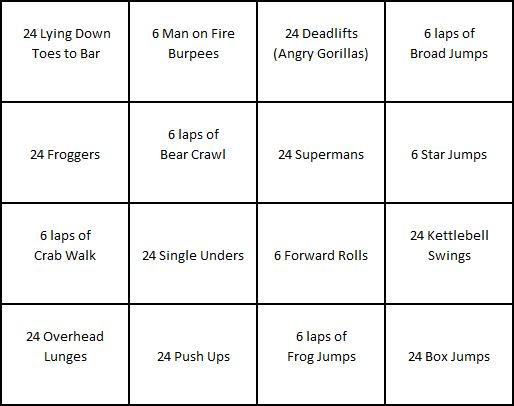June 1, 2015
Summer is on it's way a time when many of us have kids out for summer vacation. It's also a time when many grandchildren get to spend quality time with their grandparents. The sleeping in, lazy days and non structured time means we have to get creative to keep everyone happy. Here are a couple of great games to play that will help you and.. me keep our kids moving, having fun, enjoying summer vacation and each other.. Thank you Erin Gray (power systems) for sharing these creative games.
Fun with the Soccer Ball
What you need: One ball and a Sharpie
Owner

How to play:
- Use the Sharpie to write various exercises and a number of repetitions on the ball. (Example: 10 jumping jacks, 8 squats, or 5 sit ups.)
- Form a circle with all the players.
- Take turns tossing the ball across the circle.
- When a player catches the ball, the exercise the catcher’s right hand is touching is what the entire group performs.
Quick notes: This is an activity the whole family can enjoy. No melt downs here, because everyone is a winner of exercises. Try a speed round by setting a timer and going as fast as you can.

Tic-Tac-Toe
What you need: Sidewalk chalk and a side walk or driveway
How to play:
- On your driveway draw a Tic-Tac-Toe board and a starting line.
- Split up into two teams.
- Declare the exercise to be performed from the starting line to the board and a different exercise for the way back. An example is high knees to the board and bunny hops back.
- Declare an exercise for the players not going to perform like squats.
- Shout out a 3-2-1-go to start the game.
- One person from each team at a time will make their way to the board performing the exercises and return back to their waiting team.
- While the team waits they perform their exercise.
- When the first player returns they pass their chalk to the next player and do the waiting exercise with the rest of the team.
- A winning team is declared when three X’s or three O’s are in a row.
- Repeat the game as many times as you’d like and change up the exercises as you go.
Exercise Bingo
What you need: Create a Bingo card with various exercises; designate one person (The Checker) to check players’ cards and have a timer
How to play:
- Each player gets their own bingo card.
- Set the clock for 5 minutes of any desired length of time.
- Normal Bingo rules apply-four corners, a line or black out.
- The game doesn’t stop when someone gets Bingo, it ends when the time is up. When each set of exercises is complete The Checker crosses out that space on the Bingo card.
- When the time is up The Checker counts the total number of Bingos each player completed and the winner is the player with the most.
Quick notes: Kids love to create these Bingo cards. Help them mix and match quicker exercises like 5 squats with some longer exercises like inchworm walks down the hallway. This will create a need for strategy for each player and is a great opportunity to keep that brain working this summer.
You may even want to create some games of your own. Sharing family time with loved ones keeps those bonds growing stronger and stronger.


















